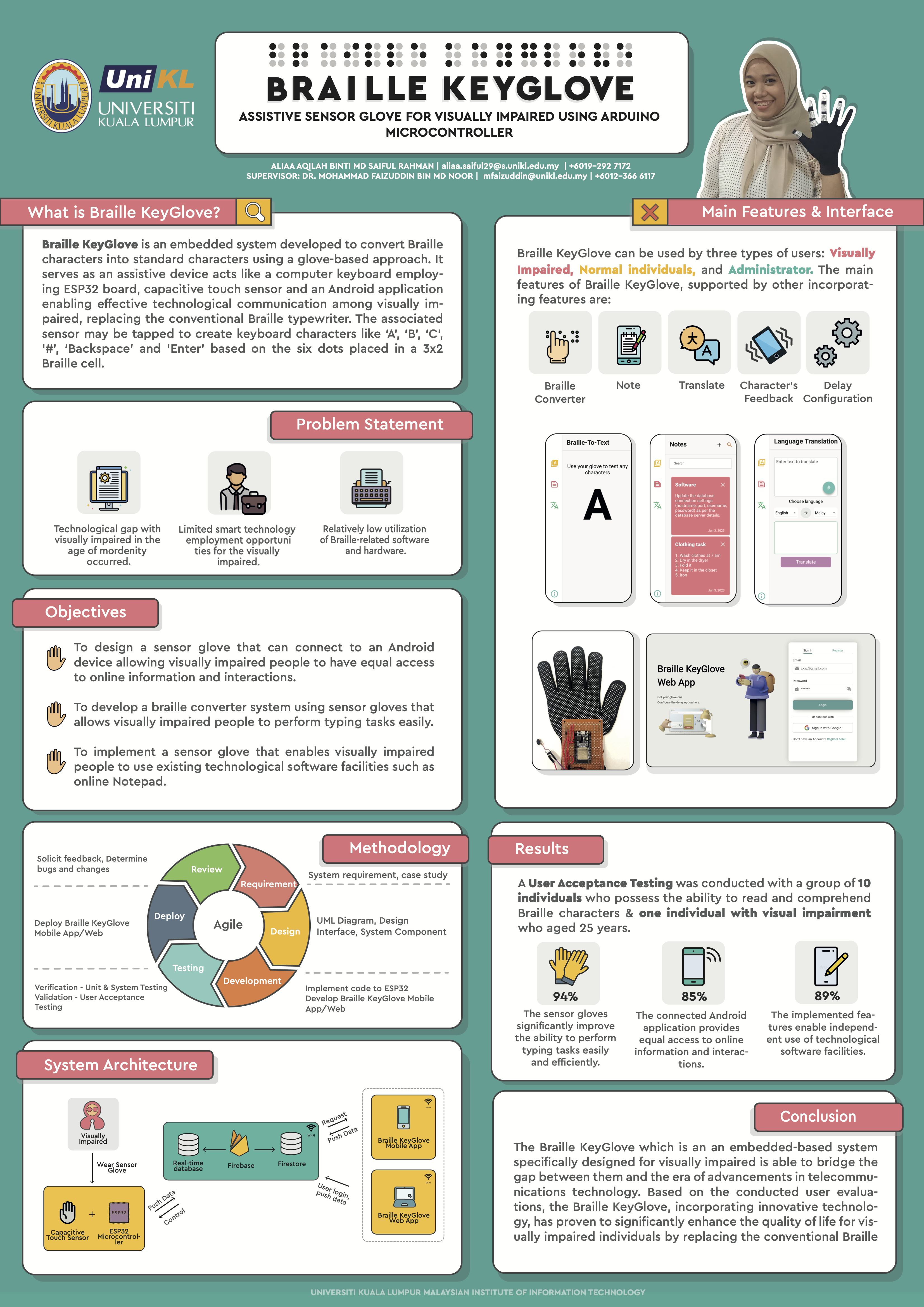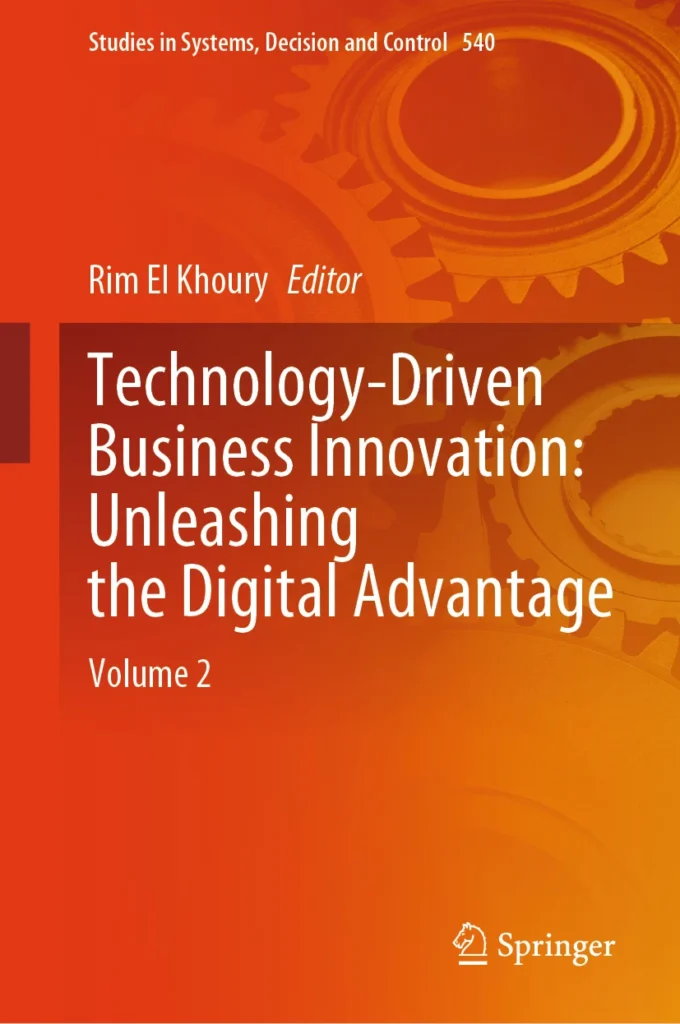Background
In our increasingly digital world, access to information and resources is crucial for managing daily life. Yet, as society evolves, it often leaves behind those with visual impairments. People with normal vision can easily access and utilise digital tools and information, which enhances their lifestyles. However, this accessibility gap results in the social exclusion of the visually impaired community, who face significant challenges in using computers and other digital or educational software.
To address this issue, innovative solutions like Braille KeyGlove are being developed. The Braille KeyGlove project aims to create a braille converter system using sensor gloves, allowing visually impaired individuals to perform typing tasks easily. This technology bridges the gap between the visually impaired and modern high-tech advancements, providing them with equal access to online information and interactions.
The Challenge of Accessibility
Visually impaired individuals often struggle to use computers and digital devices as seamlessly as those with normal vision. This difficulty arises from the lack of accessible tools that cater to their specific needs. As a result, they miss out on opportunities to utilise technology for education, communication, and personal growth, leading to a significant divide in digital literacy and access.
The Solution: Braille KeyGlove

Braille KeyGlove is designed to empower visually impaired people by providing an intuitive and efficient way to interact with digital technologies. The project involves developing a glove embedded with sensors that can translate braille into digital text, enabling users to type and navigate digital interfaces with ease. This innovation opens up a world of possibilities for visually impaired individuals, allowing them to access educational resources, communicate online, and engage with technology on an equal footing with their sighted peers.
Technology Behind Braille KeyGlove
The Braille KeyGlove project primarily uses the ESP32 physical board equipped with several capacitive touch sensors. These sensors can be connected to mobile devices, allowing for seamless integration with existing technology. The development of the application is supported by Microsoft Visual Studio, with the Flutter extension used to implement mobile applications on Android-based operating systems.
Impact and Future Prospects
The advancement of Braille KeyGlove represents a significant step toward achieving digital inclusivity for the visually impaired community. By enabling visually impaired individuals to interact with and utilise today’s technologies, this project promotes equal access to information and opportunities. As technology continues to evolve, solutions like Braille KeyGlove will play a crucial role in ensuring that no one is left behind in the digital age.
Final word
In conclusion, Braille KeyGlove is more than just a technological innovation; it is a bridge to a more inclusive society. By addressing the accessibility challenges faced by visually impaired individuals, it opens up new avenues for education, communication, and personal development. As we continue to develop and refine such technologies, we move closer to a world where everyone, regardless of their abilities, can fully participate in and benefit from the digital revolution.
Publication

This work, conducted with my student, has been published as a book chapter in Springer Book: Technology-Driven Business Innovation: Unleashing the Digital Advantage as part of the Springer Book Series: Studies in Systems, Decision and Control.

